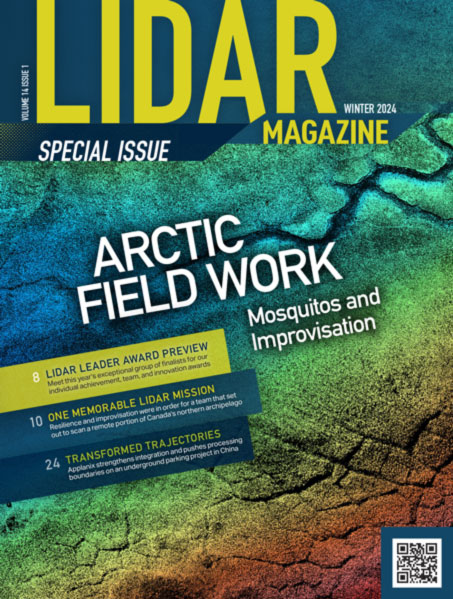Changes in USGS Lidar Data Distribution Announced
In support of ongoing efforts to provide efficient, cloud ready, open data formats for the use of lidar data, the USGS National Geospatial Program and its associated 3D Elevation Program is transitioning all of its lidar data distribution files to LAZ format by September 30, 2018.
The USGS is making this change because LAZ is an open source, directly accessible, ready-to-use format that also provides significant compression. By switching to LAZ, USGS will reduce costs associated with production, storage, and distribution. Because it allows processing directly in the cloud, the LAZ format also supports the USGS future direction to provide access to 3D Elevation Program (3DEP) lidar data in the Amazon S3 Cloud. Further, LAZ files can be loaded directly into many commonly used GIS software packages without the need to decompress the files. The binary files and source code for LAZ are open source and freely available to the public.
Currently, the NGP serves all lidar point clouds in the American Society for Photogrammetry and Remote Sensing LASer (LAS) format… After the transition is complete, all duplicate LAS data will be removed from distribution in fiscal year 2019.
Note that some users will need to decompress LAZ files to LAS files if their software does not support LAZ format. This process is comparable to decompressing ZIP to LAS. Decompression can be done using the free laszip software, located at laszip.org.
The goal of the USGS 3D Elevation Program is to systematically collect three-dimensional (3D) elevation data in the form of high-quality light detection and ranging (lidar) data for the conterminous United States, Hawaii, and the U.S. territories; and interferometric synthetic aperture radar (IfSAR) data for Alaska, where cloud cover and remote terrain limit lidar acquisition.
Lidar Data Access
USGS 3DEP lidar data access is provided through the National Map Data Download and Visualization Services web page. This web page helps users easily find the variety of resources available to get maps, download GIS data, visualize and analyze data on the web, or access developer tools, such as APIs and map services.
Questions or feedback regarding any of these changes can be submitted to tnm_help@usgs.gov
